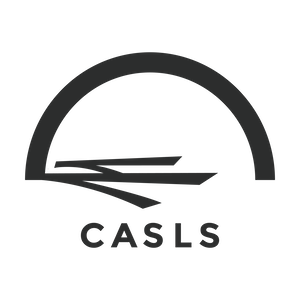View Content #19318
| Contentid | 19318 |
|---|---|
| Content Type | 3 |
| Title | Implications of LSP Curricular Design for Mainstream World Language Classes |
| Body | Barbara A. Lafford is a Professor of Spanish in the School of International Letters and Cultures at Arizona State University. Since arriving at ASU she has published in the areas of Spanish sociolinguistics, second language acquisition, Spanish applied linguistics, computer assisted language learning, and languages for specific purposes/experiential learning. In recent years, interest in Languages for Specific Purposes (LSP) courses has been on the rise in American educational institutions (Lafford, 2012; Long & Iucinski, 2012). The curricular design of such courses focuses on “the language, lexis, grammar, discourses and genres of those disciplines rather than using the general grammar, learners’ dictionaries and general public genres and discourses” (Räisänan & Fortanet-Gómez, 2008, p. 12). Three constructs - rhetorical situation, genres, and pragmatics – address the fundamental goals of LSP courses (i.e. to understand and produce appropriate written and oral texts in various cultural contexts [both the target and workplace cultures). Success in each requires their incorporation into curricular design. Explicit instruction in each of the three should be incorporated into world language teaching for academic purposes to expand the repertoire of learners and ensure the learning of relevant professional language.
Although many foreign language textbooks include examples of various types of written and oral texts, (e.g., menus, editorials, television commercials) most do not talk about these texts as belonging to a certain type of genre with certain features (e.g., appearance of the text, a certain type of infrastructure, key elements or speech acts that genre must contain, and specific lexical items and grammatical structures) that combine to create a formal or informal register depending on the intended audience. Also missing from many language textbooks are the constructs of rhetorical situation and pragmatics. It is imperative that all three constructs be integrated into the curricular design of world language courses so that students will understand and recreate various types of oral and written texts in a more authentic manner. The accompanying Activity of the Week is an example of each for an advanced Spanish grammar class. It illustrates how students apply their understanding of rhetorical situation and genre in the analysis of authentic texts. References Lafford, B. (2012). Languages for specific purposes in the United States in a global context: Commentary on Grosse and Voght (1991) revisited. Introduction to the third Focus Issue, The evolution of languages for specific purposes: Update on Über Grosse and Voght (1991) in a global context. Modern Language Journal, 96(s1), 1-27. Long, M., & Uscinski, I. (2012). Evolution of languages for specific purposes programs in the United States: 1990-2011. Modern Language Journal, 96(s1), 190-202. Räisänen, C., & Fortanet-Gómez, I. (2008). The state of ESP teaching and learning in Western European higher education after Bologna. In I. Fortanet-Gómez & C. A. Räisänen (Eds.), ESP in European higher education (pp. 11–51). Amsterdam: John Benjamins. Searle, J. (1969) Speech acts: An essay in the philosophy of language. Cambridge: Cambridge University Press. Sproat, E., Driscoll, D. L., & Brizee, A. (2012). Elements of rhetorical situations. Online writing lab. Owl at Purdue University. Retrieved April 12, 2015 from https://owl.english.purdue.edu/owl/resource/625/02/ Swales. J. (1990). Genre analysis. Cambridge: Cambridge University Press. |
| Source | CASLS Topic of the Week |
| Inputdate | 2015-04-15 20:53:02 |
| Lastmodifieddate | 2015-04-27 03:16:16 |
| Expdate | Not set |
| Publishdate | 2015-04-27 02:15:01 |
| Displaydate | 2015-04-27 00:00:00 |
| Active | 1 |
| Emailed | 1 |
| Isarchived | 0 |
